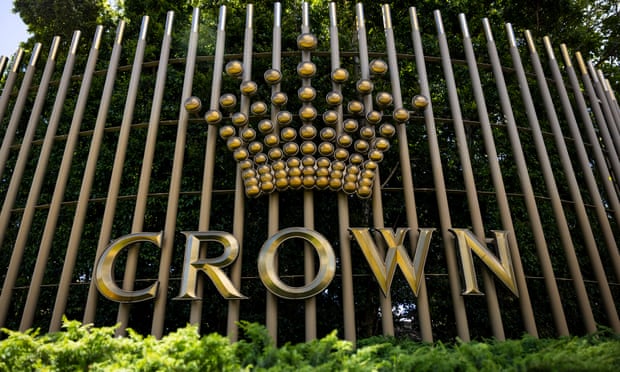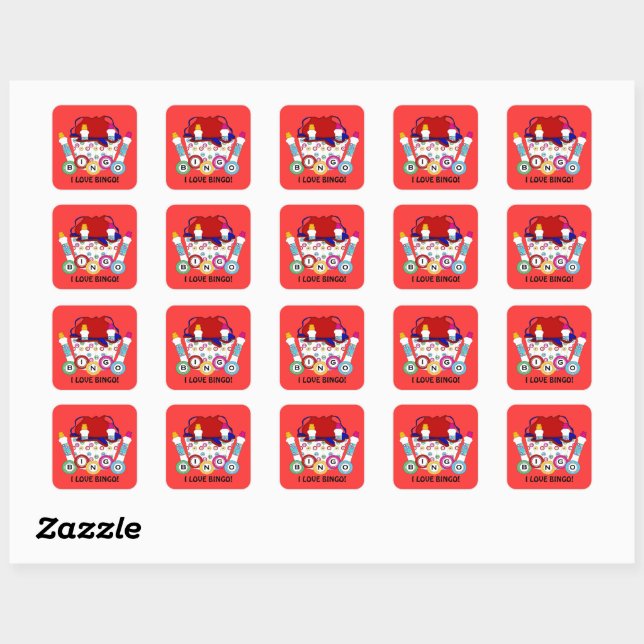Exploring the Dark Side: The Story Behind Blood Diamond
The world of casinos and gaming is often associated with glamour, excitement, and high-stakes drama. However, behind the glitz and glamour lies a darker reality that has captivated audiences in recent years through films like "Blood Diamond." This 2006 epic thriller directed by Edward Zwick delves https://blooddiamondgame.com/ into the turbulent world of conflict diamonds and the men who risk everything to obtain them.
The Allure of Blood Diamonds
Conflict diamonds, also known as blood diamonds or hot diamonds, are precious stones mined in areas controlled by armed groups, often using forced labor and brutal methods. These diamonds have been linked to various wars and human rights abuses around the world, making them a highly sought-after commodity on the black market.
In the film "Blood Diamond," we meet Danny Archer (Leonardo DiCaprio), a diamond smuggler from South Africa who partners with Solomon Vandy (Djimon Hounsou), a fisherman from Sierra Leone. Their unlikely alliance takes them on a perilous journey across war-torn West Africa in search of a rare 55-carat pink diamond.
The allure of blood diamonds lies in their rarity and the immense value they hold. A single high-quality conflict diamond can fetch millions of dollars, making it an irresistible prize for those willing to risk everything to obtain it. The diamond trade is a complex network that spans continents, involving corrupt officials, ruthless dealers, and desperate individuals willing to do whatever it takes to get their hands on these precious stones.
The True Story Behind the Film
While "Blood Diamond" is a work of fiction, its story is loosely based on real events. In the late 1990s and early 2000s, Sierra Leone was ravaged by a brutal civil war fueled by the exploitation of its diamond resources. The Revolutionary United Front (RUF), led by Foday Sankoh, used forced labor to mine diamonds in areas under their control.
These conflict diamonds were then smuggled out of the country and sold on the black market, fueling the war effort and funding human rights abuses. Estimates suggest that up to 15% of all diamonds mined globally during this period came from conflict zones.
The film’s portrayal of blood diamond mining is chillingly accurate. In reality, miners often faced inhumane conditions, including forced labor, amputations, and executions for those who failed to meet their quotas. The RUF used terror tactics to control the population, creating a climate of fear that allowed them to exploit the country’s natural resources with impunity.
The Role of Casinos in the Diamond Trade
Casinos have long been associated with luxury and excess, but they also play a significant role in the diamond trade. Many high-end casinos around the world offer exclusive diamond auctions, where rare stones are sold to the highest bidder. These events often attract wealthy collectors, dealers, and traders who are willing to pay top dollar for rare and valuable diamonds.
However, these sales have been linked to the conflict diamond trade. In some cases, auction houses have unknowingly sold conflict diamonds, while others have deliberately hidden their origin to avoid detection. This has led to calls for greater transparency in the diamond industry, including the implementation of stricter regulations and certification programs.
The Legacy of Blood Diamonds
In 2003, the Kimberley Process Certification Scheme (KPCS) was established to prevent the trade of conflict diamonds. The KPCS aims to ensure that all diamonds are mined, traded, and sold in accordance with international human rights standards. While progress has been made, challenges remain, particularly in areas where corruption and violence persist.
The film "Blood Diamond" serves as a powerful reminder of the dark side of the diamond trade. By exposing the horrors of conflict diamond mining, the film sparked international attention and outrage, contributing to the establishment of stricter regulations and certification programs.
However, the legacy of blood diamonds extends beyond the film itself. The story of Solomon Vandy and Danny Archer serves as a testament to the resilience of the human spirit in the face of unimaginable adversity. It also highlights the complexities and nuances of the diamond trade, where right and wrong are often blurred.
Conclusion
The world of casinos and gaming may seem glamorous and detached from the darker realities of conflict diamonds. However, "Blood Diamond" reminds us that there is more to these stones than their beauty and value. The story behind blood diamonds is a cautionary tale about the true cost of luxury, the power of greed, and the importance of accountability in the diamond trade.
As we reflect on the film’s themes, it becomes clear that the legacy of blood diamonds continues to shape the world today. The ongoing struggles for human rights and transparency in the diamond industry serve as a reminder that even the most seemingly distant issues can have far-reaching consequences.
Ultimately, "Blood Diamond" is not just a film about a rare stone or a thrilling adventure; it’s a powerful exploration of the complexities and nuances of human nature. As we explore the dark side of the diamond trade, we are forced to confront our own complicity in the system and consider the true cost of our desires.



